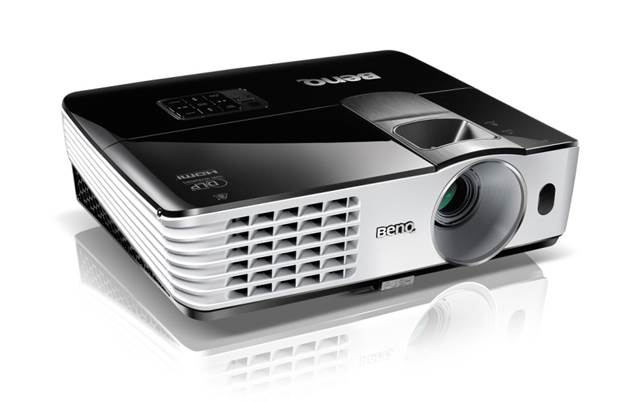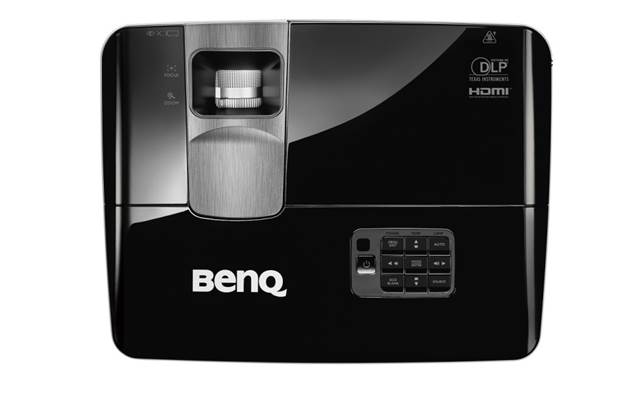Although there are plenty of projectors out
there in the market, it’s still difficult to find a projector that can satisfy
the user’s needs. Whether it's for the home, office or a classroom, not many
projectors can meet the criteria to fit in all three environments. Sometimes,
it's just too much of a hassle to maintain the projector. This month, we are
looking at the BenQ MH680 projector, and see how it fares in the three
environments.
At a glance, the MH680's physical design is
thoughtfully executed, but the aesthetics were the least of the manufacturer's
concerns. With that said, the MH680 is designed to save power, project high
resolution images, while controlling the amount of light needed and being user-
friendly to use and maintain. The fact that the most important part of the
projector, which is the lamp, can be easily replaced by the user themselves is
already a point in the projector's favor. Users can open the easy-access hatch
and simply (although it is recommended to do it slowly and carefully) replace
the lamp without disturbing any of the other operations on the projector.

The
MH680 brings with it good image quality and a long lamp lifespan
The MH680 has BenQ's SmartEco technology
built into the projector, designed to deliver uncompromised image quality,
while also saving on power and lamp life. This include features such as
SmartEco mode (which is the default mode) that gives optimal contrast and
brightness by using the required amount of light, and Blank Mode, which allows
users to save 70 percent of the lamp's power when not in use, all while
ensuring Full HD 1080p resolution.
The MH680 sports a 3,000 ANSI Lumen lamp,
which has a lamp life of up to 4,000 hours on normal setting, along with an
increased lifespan of up to 6,500 hours on SmartEco mode. With a contrast ratio
of 10,000:1, we found the projected image to be highly visible even in a
brightly lit room. However, it is still recommended to adjust the settings to
fit with the background, should you be projecting on a wall or a blackboard.
The projector also sports the latest DLPR technology to support 3D
functionality, allowing users to view Full HD 3D video content from compatible
Blu-ray Disc players.

On
the BenQ MH680 projector is a series of simple, yet useful set of buttons
Another major draw of the projector is the
ability to connect the MH680 to virtually any device via its assortment of
ports and Wi-Fi support. Users are also given the option to forgo using a PC or
tablet, and rely instead on the built-in USB reader to play presentations or
video content directly from the USB. The MH680 also comes with a built-in
speaker for audio playback, which allows the projector to serve as an audio
system even on standby mode. Users can also easily customize the projector's
settings via menu options to suit their needs. This includes two modifiable
profiles for more advanced menu settings.

BenQ
MH680 Connectivity
Overall, it's safe to say that the BenQ
MH680 projector will fit in nicely with any of the three environments. While
the overall image quality was positively sharp, the projector gave its best
when projecting video content.
|
Specifications
·
Display method: DLP ·
Brightness: 3,000 Lumens ·
Lamp: 210W ·
Remote control: Yes ·
Price: $1,141.66 ·
Lens: F= 2.59 ~2.87, f= 16.88~21.88 ·
Image size: 45-inch - 300-inch ·
Lamp Replacement Cycle: 4,000 hours (Normal),
5,000 hours (Economic), 6,500 hours (SmartEco) ·
Contrast ratio: 10,000:1 ·
Resolution: 1,920 X 1,080 ·
Throw ratio: 1.15-1.5 ·
Power consumption: Normal 270W, Eco 220W,
Standby <0.5W ·
Weight: 2.8 kg ·
Dimensions: 312 (W) X 105 (H) X 244 (D)
|